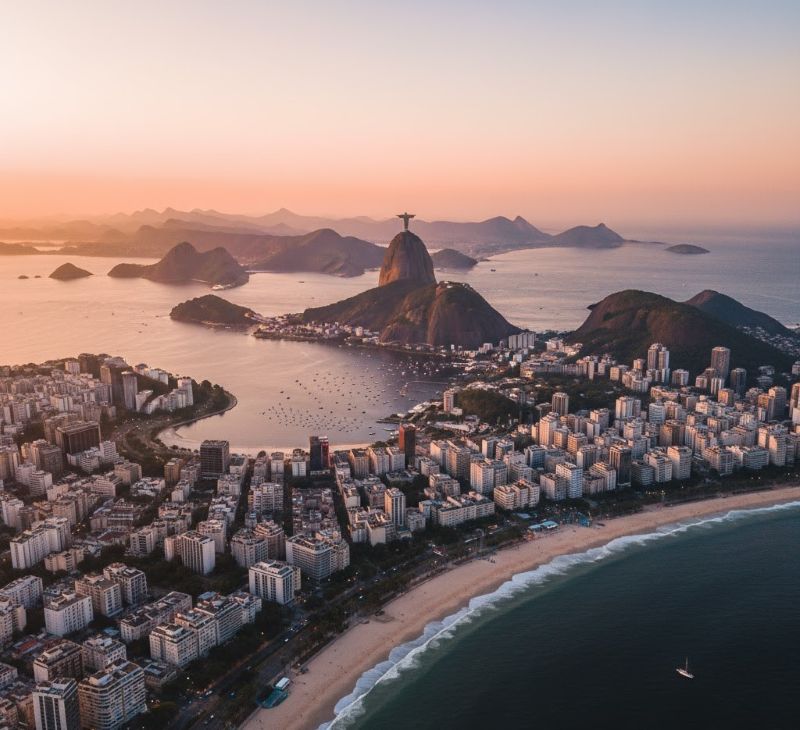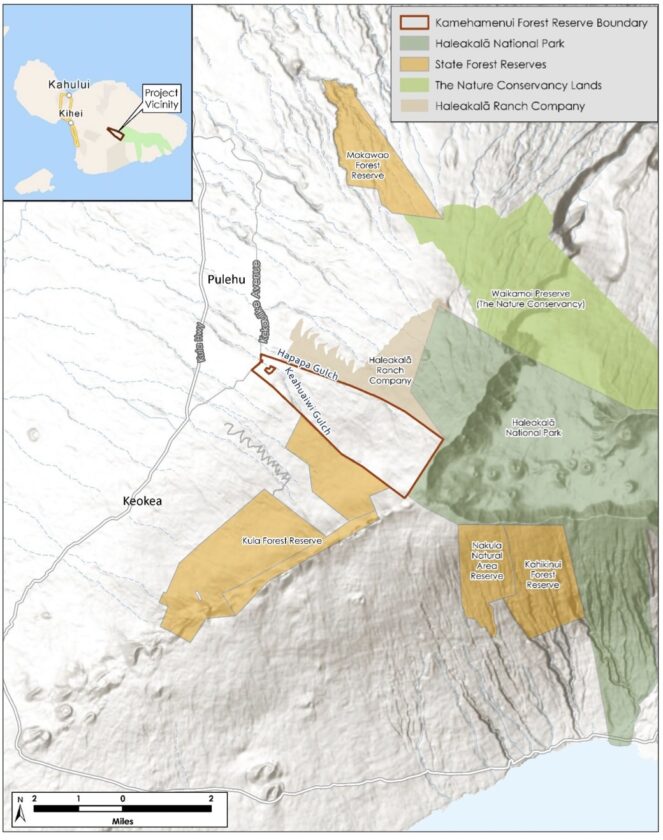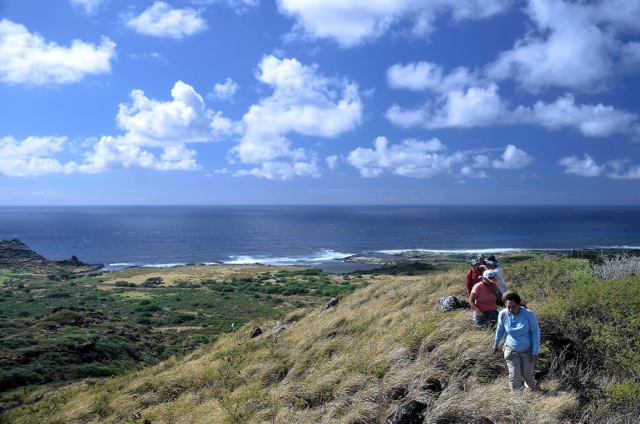Report on Ecotourism and Sustainable Development in Mato Grosso do Sul, Brazil
Introduction: A New Paradigm for Sustainable Tourism
The Brazilian state of Mato Grosso do Sul is emerging as a global leader in sustainable ecotourism, establishing a replicable model that integrates environmental conservation with economic development. The state’s approach demonstrates a profound commitment to the United Nations Sustainable Development Goals (SDGs), particularly in the regions of Bonito and the Pantanal. This report analyzes the key strategies and initiatives that position Mato Grosso do Sul as a benchmark for the future of responsible travel.
A Multi-Stakeholder Framework for Sustainable Goals
Aligning with SDG 17: Partnerships for the Goals
The success of Mato Grosso do Sul’s tourism model is founded on a cooperative framework that embodies the principles of SDG 17 (Partnerships for the Goals). This holistic strategy unites various stakeholders in a common mission:
- Local Communities
- Conservationists and Environmental Organizations
- Tourism Professionals and Private Sector Operators
- Government Entities and Public Policy Makers
This collaborative effort ensures that tourism development is synergistic with conservation, creating a model where economic activities actively support environmental preservation.
Fostering SDG 8: Decent Work and Economic Growth
By prioritizing sustainability, the state ensures the long-term viability of its tourism industry, which provides stable and meaningful employment. This approach directly contributes to SDG 8 (Decent Work and Economic Growth) by creating an economic ecosystem that is resilient, inclusive, and environmentally responsible.
Biodiversity Conservation and Ecosystem Protection
Commitment to SDG 14 (Life Below Water) and SDG 15 (Life on Land)
Mato Grosso do Sul is home to globally significant ecosystems, and its tourism model is intrinsically linked to their protection, directly addressing SDG 14 (Life Below Water) and SDG 15 (Life on Land).
- The Pantanal: As the world’s largest tropical wetland, the Pantanal is a critical habitat for a vast array of species. Conservation efforts focus on protecting iconic wildlife such as jaguars, tapirs, and the jabiru stork, reinforcing the targets of SDG 15.
- Bonito and Serra da Bodoquena: This region is renowned for its crystal-clear rivers, waterfalls, and limestone caves. The management of tourism activities like river diving is carefully controlled to preserve the pristine aquatic ecosystems, in line with SDG 14.
Local conservation programs are integral to this success. Organizations like the Onçafari Association (protecting jaguars) and the Arara Azul Institute (safeguarding the hyacinth macaw) exemplify how tourism revenue can be channeled into effective conservation action.
State-Level Strategy for Climate Action and Responsible Production
Leadership in SDG 13: Climate Action
The government of Mato Grosso do Sul has demonstrated a firm commitment to SDG 13 (Climate Action) through decisive public policies.
- It was among the first Brazilian states to sign the Glasgow Declaration on Climate Action in Tourism.
- The state’s Tourism Foundation has implemented a climate regeneration agenda, leading to Bonito being certified as the world’s first carbon-neutral ecotourism destination.
- Through the State Climate Change Program (PROCLIMA), Mato Grosso do Sul aims to achieve state-wide carbon neutrality by 2030, setting a global standard for the tourism sector.
Advancing SDG 12: Responsible Consumption and Production
The state is a pioneer in shifting from sustainable to regenerative tourism, a model that actively seeks to restore and improve the environment. This practice directly supports SDG 12 (Responsible Consumption and Production).
The municipality of Bonito serves as a prime example, with local entrepreneurs implementing advanced systems for:
- Waste Management
- Circular Economy Principles
- Creation of Regenerative Tourism Experiences
The Rio da Prata Group, which manages key local attractions, has received international acclaim for its initiatives that minimize environmental impact and promote a regenerative ethos.
Promoting Social Inclusivity and Cultural Heritage
Supporting SDG 11: Sustainable Cities and Communities
Mato Grosso do Sul’s sustainability agenda extends to social and cultural dimensions, ensuring that tourism development is inclusive and equitable, thereby contributing to SDG 11 (Sustainable Cities and Communities). Key initiatives include:
- Cultural Diversity: The state actively promotes Afro-centred and Indigenous tourism. The launch of the “This Is Mato Grosso do Sul – Afrotourism” brand and the establishment of cultural programs by agencies like Bela Oyá Pantanal celebrate and provide economic opportunities for Afro-Brazilian communities.
- Inclusivity: The introduction of an LGBT+ tourism seal demonstrates a commitment to creating a welcoming and safe destination for all travelers.
Global Promotion and International Recognition
Showcasing a Sustainable Model to the World
The state is actively promoting its sustainable tourism model on the international stage. In October 2025, Mato Grosso do Sul will be featured at the Visit Brasil Gallery in New York, providing a platform to showcase its environmental and cultural initiatives. Furthermore, the launch of the “Sounds of Mato Grosso do Sul” playlist on Spotify aims to engage a global audience with the region’s unique cultural identity.
Conclusion: A Blueprint for the Future of Tourism
Mato Grosso do Sul provides a comprehensive and effective blueprint for responsible ecotourism. By integrating its tourism strategy with the UN Sustainable Development Goals, the state has proven that economic growth and environmental preservation can be mutually reinforcing. Its dedication to climate action, biodiversity conservation, regenerative practices, and cultural inclusivity establishes a new global standard, offering invaluable lessons for destinations worldwide seeking to build a truly sustainable tourism industry.
Analysis of Sustainable Development Goals in the Article
1. Which SDGs are addressed or connected to the issues highlighted in the article?
- SDG 8: Decent Work and Economic Growth – The article focuses on creating a “thriving tourism industry” that promotes “economic growth” and is “good for business,” directly linking tourism to economic development.
- SDG 10: Reduced Inequalities – The article highlights initiatives for “cultural inclusivity and diversity,” such as the “LGBT+ tourism seal” and the promotion of “Afro-centred and Indigenous tourism,” ensuring that the economic benefits of tourism reach marginalized communities.
- SDG 12: Responsible Consumption and Production – The shift towards “sustainable tourism,” “regenerative tourism,” “waste management,” and the “circular economy” reflects a change in the patterns of tourism production and consumption to be more sustainable.
- SDG 13: Climate Action – The state’s commitment to the “Glasgow Declaration on Climate Action in Tourism,” its goal to become “carbon-neutral by 2030,” and the recognition of Bonito as a “carbon-neutral ecotourism destination” directly address climate change mitigation.
- SDG 15: Life on Land – A central theme is the conservation of terrestrial ecosystems like the Pantanal and the protection of its rich biodiversity, including species like the “jaguar,” “maned wolf,” and “hyacinth macaw,” through conservation programs funded and supported by ecotourism.
- SDG 17: Partnerships for the Goals – The article emphasizes the success of a “cooperative effort involving local communities, conservationists, tourism professionals, and government entities,” which is a clear example of multi-stakeholder partnerships for sustainable development.
2. What specific targets under those SDGs can be identified based on the article’s content?
- Target 8.9: “By 2030, devise and implement policies to promote sustainable tourism that creates jobs and promotes local culture and products.” The entire strategy of Mato Grosso do Sul, which balances economic development with conservation and promotes local culture through initiatives like “Afrotourism,” directly aligns with this target.
- Target 10.2: “By 2030, empower and promote the social, economic and political inclusion of all…” The article’s mention of the “LGBT+ tourism seal” and support for “Afro-centred and Indigenous tourism” are concrete actions to ensure the economic inclusion of marginalized groups within the tourism sector.
- Target 12.b: “Develop and implement tools to monitor sustainable development impacts for sustainable tourism…” The article presents Mato Grosso do Sul’s approach as a “model for the world” and a “global benchmark,” implying a system of monitoring and management of its sustainable tourism practices, such as those related to waste management and the circular economy in Bonito.
- Target 13.2: “Integrate climate change measures into national policies, strategies and planning.” The state’s public policy includes the “State Climate Change Program (PROCLIMA)” and an ambitious goal to make the entire state “carbon-neutral by 2030,” demonstrating the integration of climate action into regional planning.
- Target 15.5: “Take urgent and significant action to reduce the degradation of natural habitats, halt the loss of biodiversity and… protect and prevent the extinction of threatened species.” The work of organizations like the “Onçafari Association” to protect the jaguar and the “Arara Azul Institute” to safeguard the hyacinth macaw are direct actions towards this target.
- Target 17.17: “Encourage and promote effective public, public-private and civil society partnerships…” The article explicitly states that the region’s success is built on a “cooperative effort involving local communities, conservationists, tourism professionals, and government entities,” which perfectly describes this target.
3. Are there any indicators mentioned or implied in the article that can be used to measure progress towards the identified targets?
- Carbon Neutrality Status (Mentioned): The article states that Bonito was “recognized as the world’s first carbon-neutral ecotourism destination.” This is a direct indicator of progress for SDG 13. The goal for the entire state to be “carbon-neutral by 2030” serves as a future measurable indicator.
- Reduction of Carbon Emissions (Mentioned): The “State Climate Change Program (PROCLIMA)” aims to “reduce the carbon emissions of the tourism sector.” Measuring the percentage reduction in emissions would be a key indicator for SDG 13.
- Implementation of Inclusive Policies (Mentioned): The introduction of the “LGBT+ tourism seal” and the launch of the “This Is Mato Grosso do Sul – Afrotourism” brand are tangible indicators of policies promoting inclusivity under SDG 10.
- Population of Protected Species (Implied): The success of conservation efforts by the Onçafari Association and Arara Azul Institute can be measured by tracking the population trends of protected species like jaguars and hyacinth macaws, serving as an indicator for SDG 15.
- Adoption of Sustainable Practices (Implied): The article mentions improvements in “waste management” and the “circular economy” in Bonito. The number of tourism businesses (like the Rio da Prata Group) adopting and being certified for such practices would be a measurable indicator for SDG 12.
- Number of Multi-Stakeholder Partnerships (Implied): The “cooperative effort” mentioned implies the existence of formal or informal partnerships. The number of active collaborations between the government, private sector, and civil society organizations can be tracked as an indicator for SDG 17.
4. Table of SDGs, Targets, and Indicators
| SDGs | Targets | Indicators |
|---|---|---|
| SDG 8: Decent Work and Economic Growth | 8.9: Promote sustainable tourism that creates jobs and promotes local culture. | Number of jobs in the ecotourism sector; Revenue from sustainable tourism; Number of local cultural tourism programs (e.g., Afrotourism). |
| SDG 10: Reduced Inequalities | 10.2: Empower and promote the social and economic inclusion of all. | Implementation of policies like the LGBT+ tourism seal; Number of tourism enterprises owned/operated by Indigenous or Afro-Brazilian communities. |
| SDG 12: Responsible Consumption and Production | 12.b: Develop and implement tools to monitor sustainable development impacts for sustainable tourism. | Number of tourism businesses with improved waste management and circular economy practices; Development of a monitoring framework for sustainability. |
| SDG 13: Climate Action | 13.2: Integrate climate change measures into policies, strategies, and planning. | Achievement of carbon-neutral status for destinations (Bonito); Progress towards the 2030 state-wide carbon-neutral goal; Measured reduction in carbon emissions from the tourism sector. |
| SDG 15: Life on Land | 15.5: Halt biodiversity loss and protect threatened species. | Population trends of protected species (jaguars, hyacinth macaws); Amount of habitat under conservation management funded by tourism. |
| SDG 17: Partnerships for the Goals | 17.17: Encourage and promote effective public, public-private and civil society partnerships. | Number of active partnerships between government, tourism businesses, and conservation NGOs. |
Source: travelandtourworld.com






